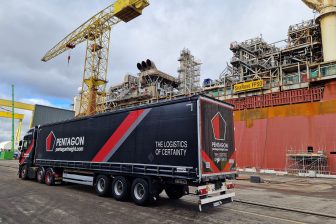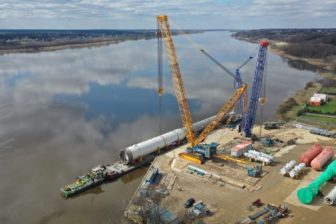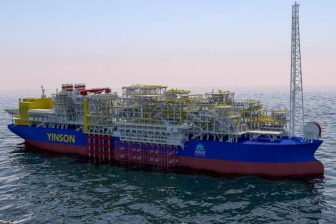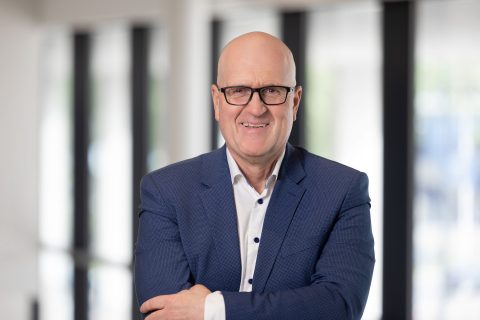
Is there enough space in the supply chain for everyone?
Energy transition goals are plenty, all requiring ample capacity of the global supply chains to meet the demands of projects in development. With the offshore wind sector growing exponentially, the majority of the fleet needed to transport all the components will be a scarce resource.
However, solar and offshore wind are not the sole solution on the path to net zero emissions. Resurgence from the Carbon Capture and Storage could ask some more questions of the supply chain. With the demand from offshore wind, additional requests from CCS and the likes of hydrogen and ammonia, will only exacerbate the issues, or will they?
“Looking at the CCS project we have been involved in, and the equipment/vessel used for movements of all the capture and storage tanks, we are indeed using some of the same ships as offshore wind projects typically do, so when it comes to ship capacity there will be some competition,” Leif Arne Strommen, CEO at K2 Project Forwarding, a joint venture between Peak Group and deugro, tells Project Cargo Journal.
“The other issue we have been facing is some cost overruns because of the rising price of steel and materials and inflation,” he said.
Moving the pieces of the Longship puzzle
For the past year and a half, K2 Project Forwarding has been moving all the largest components for the Brevik Carbon Capture project, an integrated part of the Longship project, the Norwegian Government’s full-scale carbon capture and storage project. It is the first ever cross-border, open-source CO2 transport and storage infrastructure network offering companies across Europe the opportunity to store their CO2 safely and permanently underground.
The project’s scope includes the capture of CO2 at the Heidelberg Materials (previously Norcem) cement factory in Brevik for which K2 Project Forwarding has been handling equipment deliveries. The project also includes the capture of CO2 at the waste-to-energy plant Hafslund Oslo Celsio in Oslo, which is currently on hold due to recent cost increases.
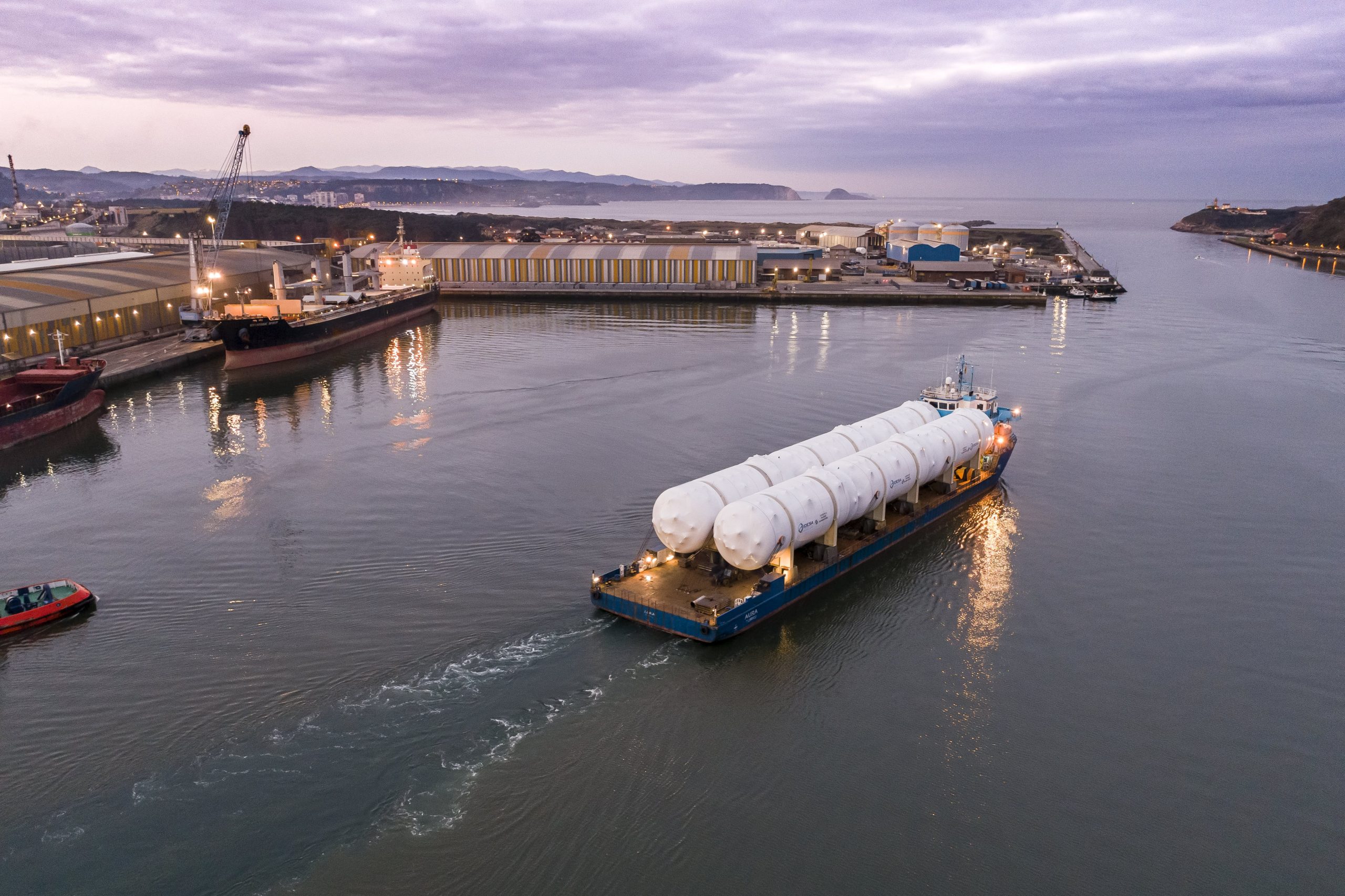
The Northern Lights JV between Equinor, Shell and TotalEnergies, will manage a combined transport and storage solution.
Aker Carbon Capture is the main contractor for engineering, procurement and construction (EPC) and will apply its proprietary and patented technology for carbon capture. The company is responsible for the delivery to the Heidelberg plant of a complete new facility for capture, intermittent storage and offloading of CO2, with integrated waste-heat recovery. Aker Solutions’ scope includes engineering, procurement and management assistance (EPMa) for the new installation.
While having to compete with offshore wind for vessel capacity, Leif Arne Strommen adds that there have been no logistics issues during the project execution. “Carbon capture and storage involve a lot of new equipment and tanks, but also familiar equipment like pipes, pipe racks, subsea Xmas trees and similar equipment used in the oil and gas industry, so there may be some more competition from this sector when it comes to capacity, but other than that, there have been no issues at all,” he said.
Old CCS Tech Gathering New Momentum
Carbon Capture and Storage is in essence a technology that has been around since the 70s in some form. In the oil and gas industry, CO2 has been pumped into reservoirs to get more gas out of the existing fields. In essence, to store CO2 under the seabed in depleted fields requires using the same technology in reverse.
The reason why CCS is only now being considered as one of the major drivers of demand for supply chain capacity is the investment due to the energy transition plans. The investment in the Heidelberg facility’s carbon capture project is estimated at $1.1 billion.
The amount of funds attached to these projects is also the reason why this industry has taken so long to gather momentum. “At the end of the day, it is quite a substantial investment,” says Strommen. “There are lots of costs involved in the development of the technology needed to capture, liquefy, transport and store the CO2.”
It also includes a lot of subsidies and investment from the governments to make sure these projects get off the ground. It is currently a major challenge to make these projects more sustainable from a financial point of view.
For existing facilities, installing carbon capture technology requires more planning and tailor-made solutions, however, the likes of Aker Carbon Capture are working on standardised concepts and technical development that will not only bring the costs down but also provide a solution ready for new smaller and mid-size facilities.
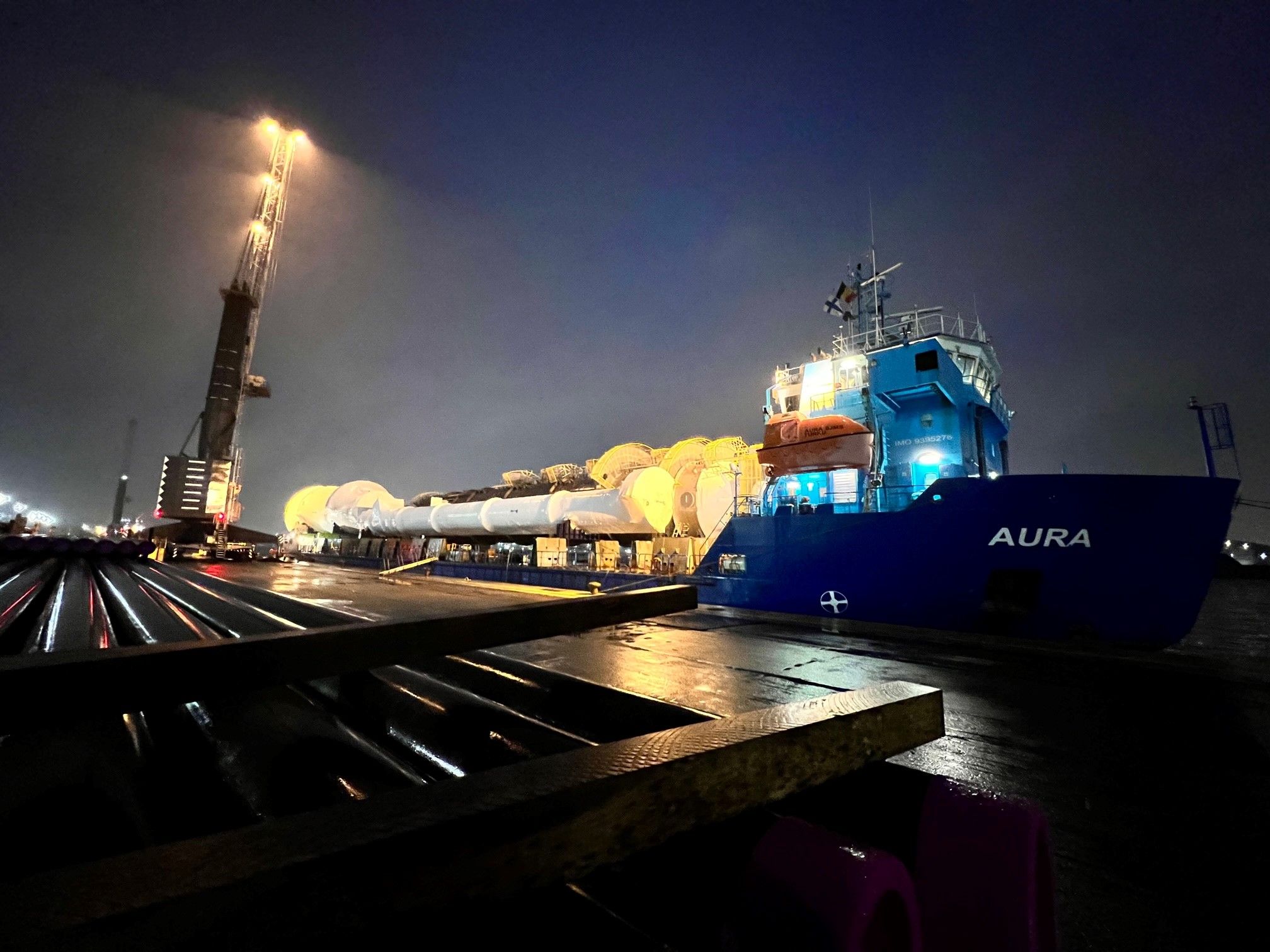
A potential roadblock
The shipping market has somewhat normalised over the past 12 months, says Strommen, adding that no issues are expected from the shipping perspective.
“Predicted boom in the offshore wind can have a significant impact on charter rates of breakbulk and heavy lift vessels, which could negatively impact the carbon capture projects as well,” Strommen says.
Additionally, the cost of steel as well as the capacity of different EPCs and tank manufacturers could impact the sector, depending also on how many projects come online at the same time. “At the moment it is kind of a slow-moving animal,” says Strommen, concluding that many projects are planned, but it remains to be seen how many of them reach the final investment decision.
Leif Arne Strommen will be among the speakers at the upcoming Project Cargo Summit to be held on September 6-7 in Bremen, Germany. He will share his opinions on the impacts of CCUS and Hydrogen industries on the global supply chains. Have you secured your seat yet? Register here!
You just read one of our premium articles free of charge
Register now to keep reading premium articles.


